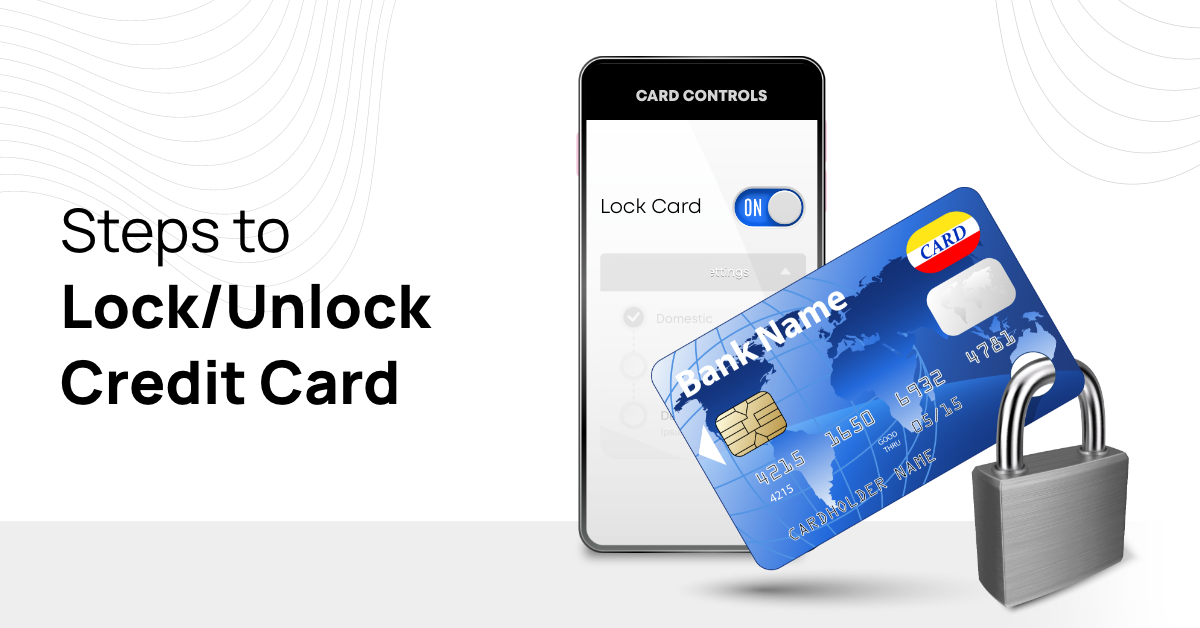What is Cash Advance & How Does It Work?
By OneCard | January 22, 2024

We’ve all been in situations where we need quick access to cash. It could be an unexpected medical emergency, an unforeseen home repair, or a temporary cash crunch before the next paycheck.
Your credit card seems like a saviour in such scenarios, particularly with the feature of cash advances. But what is a cash advance on a credit card, and how does it work? Let’s decode this credit card feature, understand its implications, and learn how to use it wisely.
Table of contents:
Understanding Cash Advance
Cash advance is a feature that allows you to withdraw cash directly using your credit card. It’s like borrowing instant cash from your bank, and it varies significantly from your regular credit card transactions.
The most popular form of cash advance is an ATM withdrawal. Just like a debit card, you can use your credit card to withdraw cash at an ATM. But you will need your credit card PIN, and it may incur an interest rate and transaction charges.
How do Credit Card Cash Advances Work?
Let’s demystify what a cash advance is on a credit card and understand the step-by-step process to avail of it:
- Initiating a Cash Advance: Depending on your credit card issuer, you can initiate a cash advance by withdrawing cash at an ATM.
- Credit Card Limit: Your cash advance limit might differ from your credit card limit. Issuers often set a separate, lower limit for cash advances, which is part of your overall credit limit.
- Availability of Funds: Once the cash advance is approved, the funds are either dispensed from the ATM or deposited into your bank account.
For example, if person A wants to initiate a cash advance, they would need to use their credit card at an ATM, just like a debit card. The withdrawn amount will be deducted from their cash advance limit, which is part of their overall credit limit.

Interest and Fees Involved
Unlike regular credit card purchases, cash advances start accruing interest immediately, generally at a higher rate. Understanding the interest and fees involved can be helpful in making informed decisions:
-
Interest Rates: Cash advances often attract higher interest rates than regular purchases. Additionally, there’s no interest-free period or grace period for cash advances.
-
Cash Advance Fee: This is an additional cost when taking a cash advance. The cash advance fee could be a fixed amount or a percentage of the cash advance.
-
ATM or Bank Fees: The ATM operator might also charge a usage fee if you use an ATM for the cash advance.
The Impact of Cash Advances on Credit Scores
A cash advance can impact your credit score indirectly through the credit utilisation ratio, which is the proportion of your credit limit you’re using:
-
Credit Utilisation Ratio: High cash advances can increase your credit utilisation ratio, which may hurt your credit score.
-
CIBIL Score Impact: If the high utilisation is not addressed promptly, it could lower your CIBIL score.
ALSO READ: What is the Minimum CIBIL Score for Credit Card
Pros and Cons of Cash Advance
As with any financial instrument, cash advances come with their pros and cons. Understanding these can help you make better financial decisions:
| Pros | Cons |
|---|---|
| Access to instant cash, particularly in emergencies. | High-interest rates and cash advance fees. |
| The convenience of withdrawal at any ATM, just like a debit card. | No grace period for interest charge applicability. |
| No separate Credit Check is needed. | Potential impact on your credit score due to higher credit utilisation. |
Alternatives to Cash Advance
Before considering a cash advance, it’s worth exploring other alternatives:
-
Personal Loans: These are cheaper and have a flexible repayment plan.
-
Overdraft: This feature allows you to withdraw more money than in your account up to a specific limit.
Responsible Use of Cash Advance
If you do decide to go ahead with a cash advance, ensure you use it responsibly:
- Only use it as a last resort in case of emergencies.
- Understand the interest rates and fees involved.
- Plan to repay the amount immediately to avoid accruing high-interest charges.
And if you are looking for an easy way to get a cash advance, try OneCash from OneCard. It is your reliable companion in financial emergencies. It’s like having a cash cushion when you really need it. No paperwork, no waiting – it’s pre-approved!
Simply select the amount you need from your approved cash limit, choose EMI tenure, and add your bank details. Money will be in your account instantly. You can also choose to get it transferred to a UPI ID. It’s quick, easy, and perfect for those unexpected situations when you need cash without the fuss.
ALSO READ: Get OneCash Instant Cash in 30 Seconds
Conclusion
While a cash advance can be a helpful tool in an emergency, it’s essential to understand what a cash advance is on a credit card, its costs, and its potential implications on your CIBIL score.
Alternatives like personal loans or overdrafts could be a more cost-effective solution in non-emergency situations. Always use financial instruments responsibly and understand their implications before using them.

**Disclaimer: The information provided in this webpage does not, and is not intended to, constitute any kind of advice; instead, all the information available here is for general informational purposes only. FPL Technologies Private Limited and the author shall not be responsible for any direct/indirect/damages/loss incurred by the reader for making any decision based on the contents and information. Please consult your advisor before making any decision.



Sharing is caring 😉